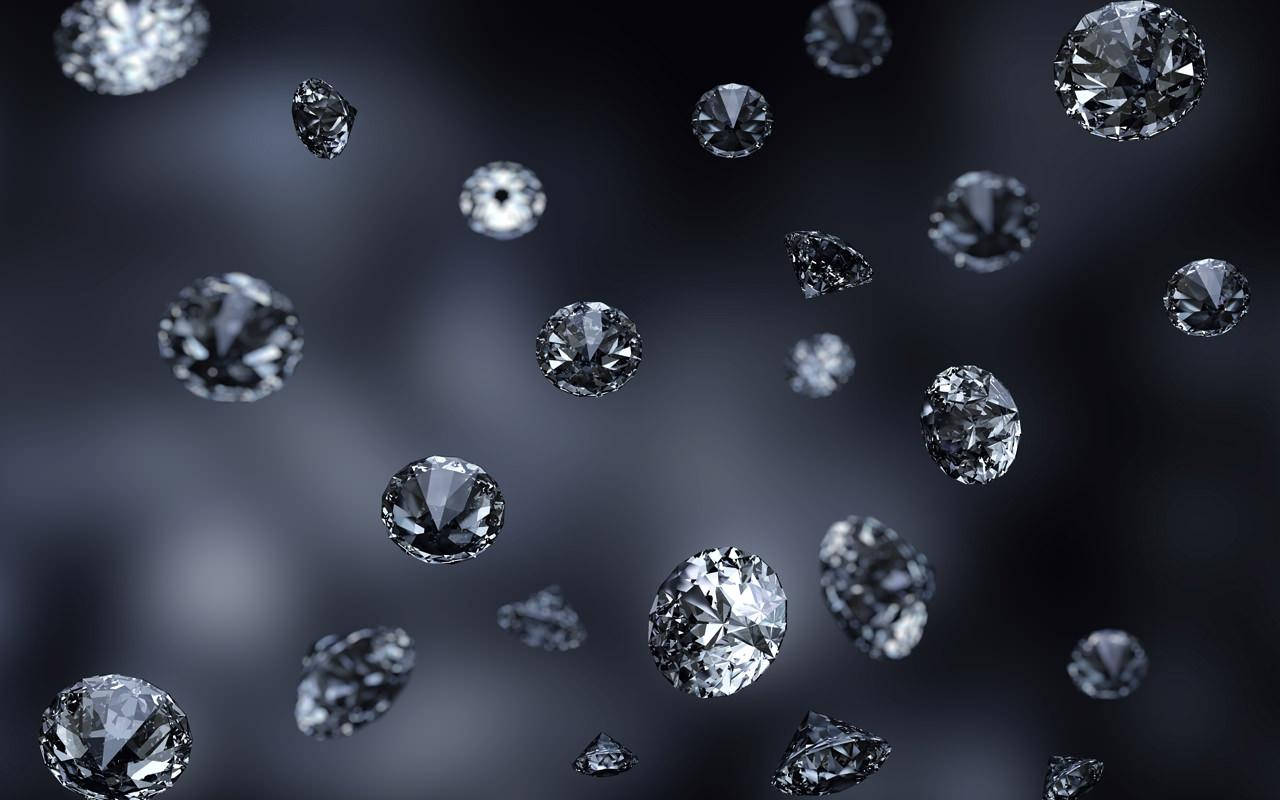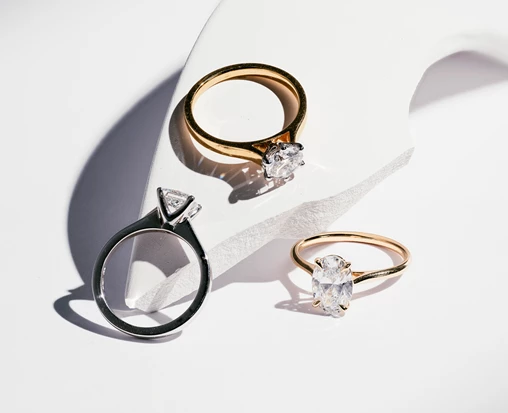Lately, lab grown diamonds have flooded in prevalence, catching the consideration of couples looking for moral, delightful, and reasonable options in contrast to regular diamonds. Grasping the 4Cs — cut, variety, lucidity, and carat weight — is fundamental for anybody hoping to buy a lab grown precious stone. This article gives an inside and out take a gander at every one of these qualities, assisting you with pursuing an educated choice while choosing your ideal lab grown diamonds 4Cs.
What Are Lab Grown Diamonds?
Lab grown diamonds, otherwise called engineered diamonds or man made diamonds, are established in controlled conditions utilizing progressed mechanical cycles that imitate the regular circumstances under which diamonds structure in the Earth. The two essential strategies for delivering lab grown diamonds are High Strain High Temperature (HPHT) and Compound Fume Affidavit (CVD). These diamonds have similar physical and substance properties as normal diamonds, pursuing them a dazzling and moral decision for wedding bands and fine gems.
The 4Cs of Lab Grown Diamonds
1. Cut
The cut of a precious stone is one of the most basic elements impacting its general appearance and splendor. The expression “cut” alludes to how well a precious stone has been molded and faceted, influencing how it mirrors light. A very much cut precious stone will display unrivaled shimmer and fire, while an ineffectively cut jewel might seem dull, no matter what its different characteristics.
Lab grown diamonds come in different cuts, each with its remarkable allure. Famous cuts include:
Round Splendid: The most famous and ageless cut, known for its remarkable brightness.
Princess: A square or rectangular shape that offers a cutting edge look and magnificent shimmer.
Emerald: A rectangular cut with step like features, displaying the precious stone’s lucidity.
Oval, Pad, and Brilliant: These cuts offer unmistakable shapes that take care of various styles.
While choosing a lab grown jewel, focus on the cut, as it enormously influences the stone’s general magnificence.
2. Variety
The shade of a precious stone alludes to its tint, with a reviewing scale going from D (lackluster) to Z (light yellow or brown). In lab grown diamonds, the not entirely settled by the presence of minor components during the development cycle.
Lackluster Diamonds (D F): These diamonds are the most pursued for their immaculateness and brightness.
Close to Dismal Diamonds (G J): These diamonds show negligible variety and can in any case seem dull to the undeveloped eye.
Extravagant Shaded Diamonds: Lab grown diamonds can likewise be made in different varieties, including pink, blue, and yellow. The force of the variety influences its worth, with additional striking tones commonly instructing greater costs.
Picking a variety grade involves individual inclination; numerous shoppers settle on close to vapid diamonds for their outstanding magnificence without the exceptional expense.
3. Clearness
Lucidity alludes to the presence of inward or outer defects, known as considerations and flaws, separately. The lucidity of a jewel is reviewed on a scale going from Immaculate (no apparent incorporations or flaws) to Included (considerations noticeable to the unaided eye).
Lab grown diamonds frequently display less incorporations than regular diamonds because of the controlled development climate. Here is a breakdown of clearness grades:
Impeccable (F): No incorporations or imperfections apparent under 10x amplification.
Inside Immaculate (IF): No incorporations apparent under 10x amplification, however minor surface imperfections might be available.
Extremely Somewhat Included (VVS1 and VVS2): Minute considerations that are challenging to distinguish under 10x amplification.
Somewhat Included (VS1 and VS2): Minor incorporations apparent under 10x amplification yet not to the unaided eye.
Somewhat Included (SI1 and SI2): Considerations that are perceptible under 10x amplification and might be noticeable to the unaided eye, particularly in SI2 diamonds.
Included (I1, I2, I3): Incorporations that are effectively apparent to the unaided eye, affecting the precious stone’s general appearance.
While choosing a lab grown jewel, think about the harmony among clearness and financial plan. Numerous purchasers find that diamonds with VS1 or VS2 lucidity give an amazing mix of significant worth and visual allure.
4. Carat Weight
Carat weight estimates the size of the jewel, with one carat approaching 0.2 grams. Bigger diamonds are more extraordinary and will generally be more costly. In any case, carat weight doesn’t exclusively decide a jewel’s worth; the cut, variety, and clearness all assume a huge part in its general excellence and allure.
While picking a carat weight for your lab grown jewel, think about the accompanying:
Individual Inclination: Select a size that feels ideal for yourself as well as your accomplice. Some might incline toward a bigger stone, while others might decide on a more downplayed look.
Ring Plan: The general plan of the ring can impact how a jewel’s size shows up. For example, a very much planned setting can cause a more modest jewel to seem bigger.
Spending plan: Be aware of your financial plan while choosing carat weight. Bigger diamonds regularly come at a greater cost, yet lab grown diamonds offer a more reasonable choice.
Advantages of Picking Lab Grown Diamonds
Beside their dazzling characteristics, lab grown diamonds accompany a few benefits:
1. Moral Contemplations
Lab grown diamonds are established in controlled conditions, taking out the moral worries related with customary precious stone mining. Shoppers can buy these diamonds with certainty, realizing they support economical practices.
2. Moderateness
Lab grown diamonds ordinarily cost 20% to 40% not exactly normal diamonds of comparative quality. This cost advantage permits couples to buy bigger or better stones without burning through every last cent.
3. Quality and Availability
Lab grown diamonds are available in different styles, cuts, and varieties, giving shoppers various choices to track down the ideal ring that suits their own style.
Conclusion
Grasping the 4Cs — cut, variety, lucidity, and carat weight — is fundamental while choosing a lab grown jewel. These elements essentially influence the precious stone’s excellence, worth, and in general allure. By taking into account your own inclinations and financial plan, you can find the ideal lab grown precious stone that impeccably represents your affection and responsibility.
As you leave on the excursion to find your fantasy ring, recall that lab grown diamonds offer a staggering, moral, and reasonable option in contrast to normal diamonds, permitting you to commend your romantic tale with certainty and style.





